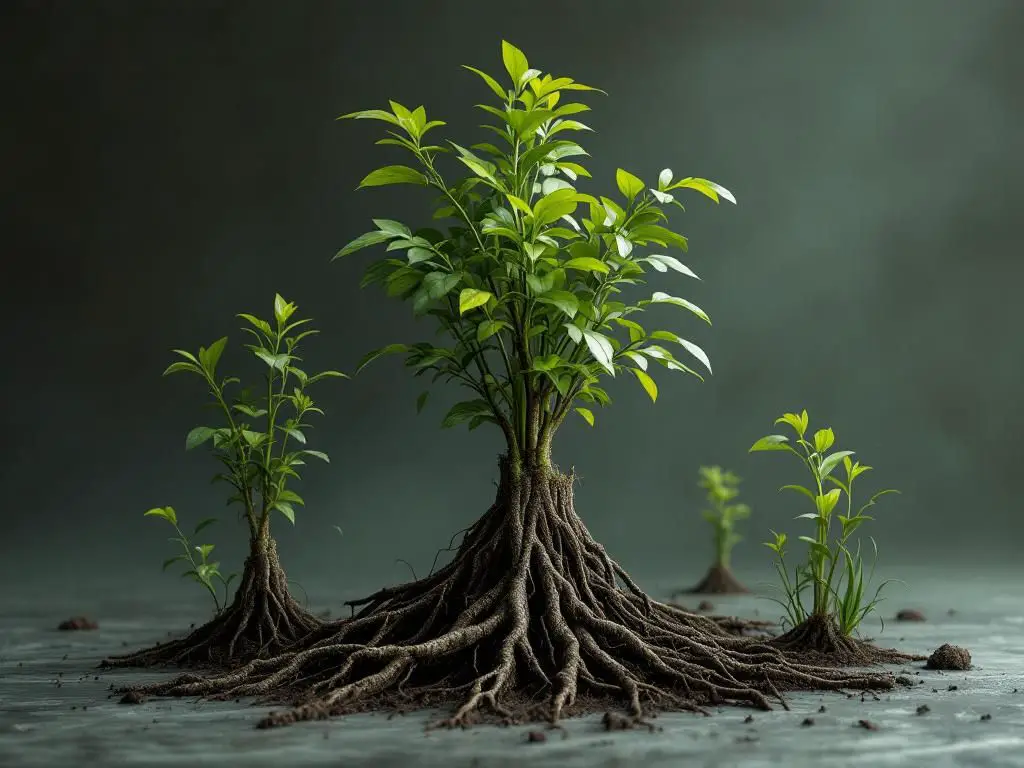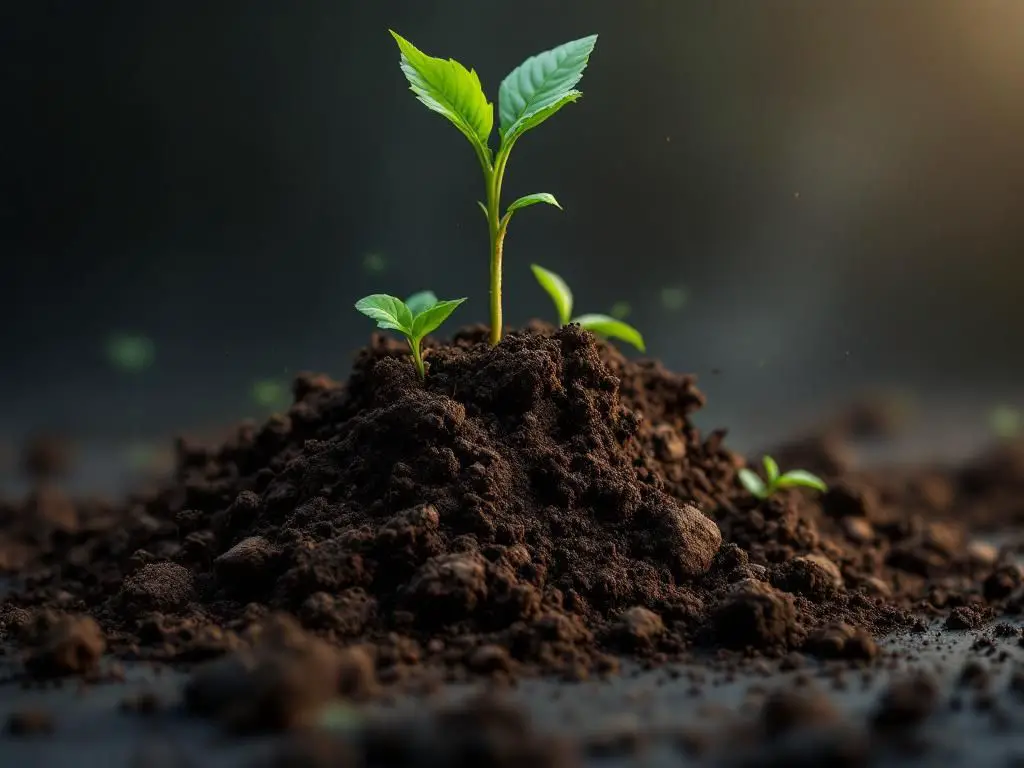Houseplants can bring life and warmth to your home, but keeping them healthy often requires a little extra care. One of the most important aspects of plant care is repotting. Over time, your beloved green friends can outgrow their containers, leading to stunted growth and other issues. Recognizing the signs that your plant needs repotting is essential for ensuring its health and vitality.
In this guide, we’ll explore the various signs that indicate it’s time to repot your houseplant, along with simple steps to do it correctly. Whether you’re a seasoned plant parent or just starting your indoor garden, understanding these signs will help you provide the best care for your leafy companions.
1. Root Bound Plants

One of the clearest signs that your houseplant needs repotting is if the roots are visibly growing out of the drainage holes at the bottom of the pot. This means the plant has outgrown its current container and is competing for space. If you notice roots circling around the pot or sticking out, it’s definitely time for a larger pot.
2. Stunted Growth

If your plant seems to have stopped growing, it might be a sign that it has run out of nutrients or space in its current pot. When plants are root-bound or overgrown, their growth can stagnate. If you’ve noticed no new leaves or growth for an extended period, consider repotting to give it fresh soil and room to thrive.
3. Yellowing Leaves

Yellowing leaves can indicate a variety of issues, but if it’s happening alongside other signs like poor growth or root binding, it could mean your plant needs more space. When roots are cramped, they struggle to absorb nutrients and water, leading to yellowing foliage. Repotting can help revive the plant by providing it with new soil and space.
4. Soil Decomposition

Over time, potting soil can break down and lose its structure. If you notice that the soil is compacted or has a crusty layer on top, it may not be providing adequate aeration or drainage for your plant. When soil decomposes, it can also lead to root rot. Repotting with fresh soil can improve drainage and support healthy root growth.
5. Frequent Watering Needs
If you find yourself watering your plant more often than usual, it could be a sign that the roots are too cramped to absorb moisture effectively. A pot that’s too small can lead to quicker drying out of soil. If you’re watering daily or every other day, consider repotting into a larger container with fresh soil that retains moisture better.
6. Mold or Algae Growth
The presence of mold or algae on the surface of the soil can indicate overwatering or poor drainage, often resulting from a pot that’s too small or soil that has degraded. This not only looks unsightly but can also lead to root problems. Repotting your plant in fresh, well-draining soil can help eliminate these issues.
How to Repot Your Houseplant
Once you’ve identified the signs that your plant needs repotting, here’s a quick guide on how to do it:
1. Choose a new pot that is 1-2 inches larger in diameter than the current pot. Ensure it has drainage holes.
2. Prepare fresh potting mix suitable for your specific plant type.
3. Gently remove the plant from its old pot, being careful not to damage the roots.
4. Loosen any tightly bound roots and remove any decomposed soil.
5. Place the plant in the new pot, ensuring it sits at the same depth as before, and fill in with fresh soil.
6. Water thoroughly to help settle the soil and eliminate air pockets.
Keeping an eye out for these signs and knowing how to repot can help you maintain healthy, thriving houseplants. With a little patience and care, your green companions will flourish in their new homes!
